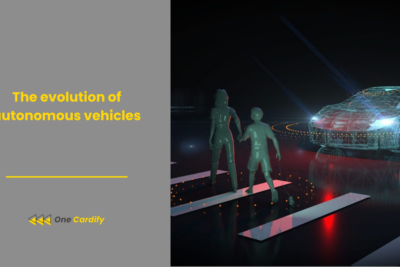
IoT's role in creating smart homes
Delving into the fascinating world of how IoT generates the concept of smart living spaces, this blog explores the creative way houses become intelligent. Integration of IoT devices has supposedly made smart homes a dream come true, which provides the ultimate in comfort, energy efficiency, and security.The path of revolution towards these linked homes is complex but beneficial, as it is a state of the art technology that becomes an integral part of our living. This collaboration doesn’t just improve the quality of life, it also pushes the borders of what we used to associate with home automation.This blog will reveal the transformative role that IoT plays in our living spaces by enabling them to be more interactive to our needs and wants, from voice-activated assistants to the automated climate control. Come with us as we investigate the evolution into smarter homes that are interconnected and allow every device to work together in a truly integrated smart ecosystem.
Related content
The Foundation of Smart Homes
Integration of IoT appliances and systems is the foundation of crafting a smart home. IoT is short for the Internet of Things, which is a system of physical objects that are embedded with sensors, software, and other technologies for the purpose of communicating and exchanging data with other devices and systems over the Internet.Intelligence is being provided by these technological wonders for devices to talk with each other so that the users enjoy the convenience of operating numerous home appliances and systems using their phone or voice commands.In this regard, connectivity is another lever of this change, that allows to adapt devices according to user behaviour, to tune automatically and to save energy, hence combine personal convenience and environmental sustainability.Further, smart devices using algorithms and machine learning can anticipate user demands and react accordingly, ensuring comfort is optimized while energy is not wasted.
Related content
Components of a Smart Home
A smart home is made up of many linked devices that cooperate to provide a convenient, safe, and effective living environment. The automated lighting systems, smart thermostats, security cameras, intelligent locks, and others are at the center of this ecosystem.Such devices are managed by a centralised web-based platform or an app which enables the home owner to remotely manage his or her property. The combination of these components in one system is essential for harnessing the real power of smart living.The smart technology also greatly benefits the energy management. Smart thermostats and automated lights systems save on power usage, thus cutting down on utility bills as well as the environmental impact.In addition to this, smart locks, alarms, and cameras ensure safety and security, providing security, and thus, peace of mind, that the smart house offers beyond convenience and efficiency.
Challenges and Considerations
Although creating smart ecosystems in homes sound attractive, there are few challenges that remain unsolved. Privacy and security issues are the most important, as IoT devices would lead to more connectivity and data sharing, which may become potential weaknesses.There are also challenges in the interoperability of various brands and platforms, which may restrict the smooth experience normally sought after in a smart home.However, the start-up and cost often scare off many people, but usually, the investments into smart technology are profitable in terms of energy savings and increased property value.In addition, the learning curve of how to properly manage and get most value out of smart devices may discourage some users who then require easy interfaces and support.
The Future of Smart Living
The promise of smart homes in the future is very bright, as the technology continues to improve the capabilities of IoT devices. Even higher AI integration offers a greater level of personalized and predictive responses to homeowners’ needs.What is more, the emergence of extra popular standards and protocols is supposed to erase the problem of compatibility, which makes smart home similar to each other and affordable to an average user.Advancing further, sustainability and energy efficiency will become a focus, which will lead to the development of innovations that will make homes smarter and greener. The renewable energy sources integration and smarter grid interactions will have an important part in this development.Smart homes are nowadays our reality and not a dream of the future, which makes us live in a completely different world.
Conclusion
The penetration of the IoT into our homes is turning them into smart ecosystems that provides with a greater level of comfort and convenience, safety and efficiency. Though there are challenges, the advantages of setting up such a coherent living place are much more than the challenges.As technology progress, our homes will become even more intelligent in their actions and be much more intuitive in fulfilling our demands.giene in human health. The era of smart living is upon us, which in turn opens up the horizon of a much productive, safe and comfortable future for all of us.Adopting the potentials that IoT gives can make not only home smarter, but also more intelligent way of life. The road to this future, however, is both wonderful and unavoidable, which will bring us to the time when our houses not only protect us but also think for us.While we keep on researching and combining such technologies into our lives, the dream of total connectivity and intelligence in the home is so near, as never before. The era of smart living has come to us, signaling a radical change in the way we regard and live in our living spaces.
A home becomes "smart" when it is equipped with IoT devices and systems that automate tasks, enhance security, improve energy efficiency, and offer unprecedented control and convenience to the inhabitants.
IoT devices communicate through the Internet, using Wi-Fi or other wireless protocols to exchange data and commands with each other and centralized hubs or apps that allow user control.
Yes, smart homes are designed to be energy efficient, utilizing automated systems like smart thermostats and lighting to reduce unnecessary power consumption and lower utility bills.
Absolutely, the integration of smart technology can significantly increase a property's value, making it more attractive to potential buyers interested in the convenience and efficiency benefits.
The main challenges include privacy and security concerns, interoperability between different devices and platforms, the initial setup and cost, and the learning curve for effective use.
Ensure your smart home's security by using strong, unique passwords, keeping your devices' firmware updated, employing secure Wi-Fi connections, and considering the use of a professional security solution for critical components.
Expect more AI integration for personalized experiences, improved interoperability standards, further emphasis on sustainability, and the incorporation of renewable energy sources into smart homes.


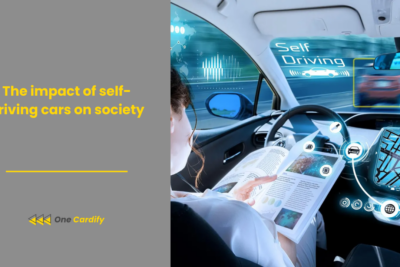
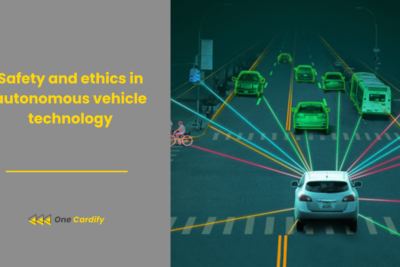
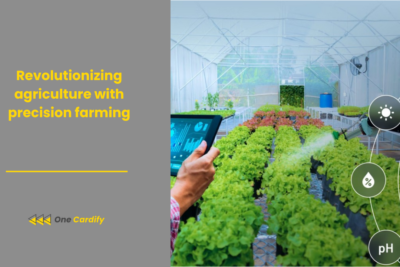
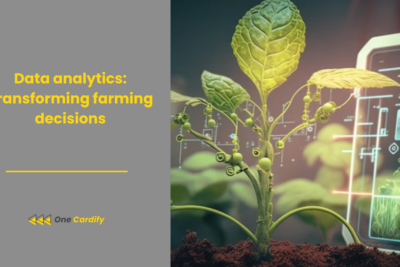
Related Posts